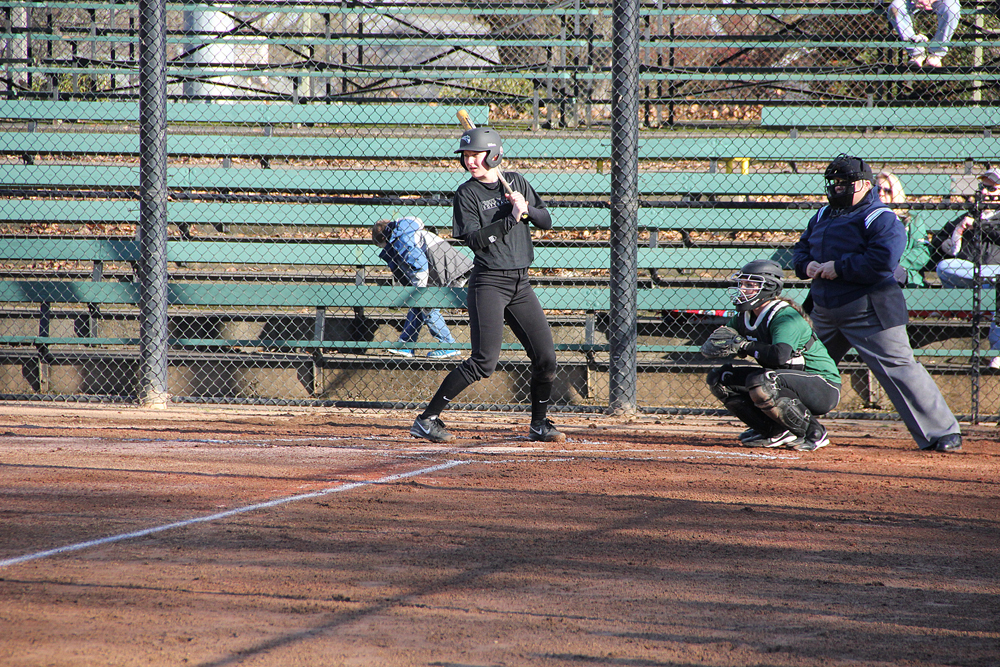Last week, a sculpture depicting a sex act between a teacher and a female student was removed from the Bowling Green State University campus. Artist James Parlin, contributed the piece entitled, “The Middle School Science Teacher Makes a Decision He’ll Live to Regret.”
Sexual expressionism
Last week, a sculpture depicting a sex act between a teacher and a female student was removed from the Bowling Green State University campus. Artist James Parlin, contributed the piece entitled, “The Middle School Science Teacher Makes a Decision He’ll Live to Regret.” Parlin says it was inspired by a teacher who was the father of his own children’s friends, and his curiosity about why a person would do something they know will ruin their life.
The controversy, glaringly obvious, is the appropriateness of a sexual act being displayed on a school campus. BGSU stated, “We have a responsibility to not expose the children and families we invite to our campus to inappropriate material.”
However, the National Coalition on Censorship feels the removal of the sculpture raises serious questions about free speech. Parlin says that the sculpture has been shown in other venues without complaint.
This is so much more than an “appropriate vs. inappropriate” issue. The definition of what is appropriate, and the levels of censorship that are acceptable while still within the boundaries of freedom of speech and expression, is not merely black and white. There are many gray areas.
College and university campuses across the United States are usually seen as a forum for an open exchange of ideas. They have become a symbol for freethinking and acceptance of what might be outside the norm.
Nonetheless, one must concede that college students are still human beings, with feelings and boundaries to what they take offense to “Thing X.” It is a mistake to assume that once a person enrolls in college, they are suddenly without inhibitions or beliefs that might conflict with another’s.
That said, one person can’t please them all. While I did not personally see this sculpture, I doubt that it was so ragingly graphic that it warranted being banned from the art exhibit. Not only that, but the sculpture was not on display on the front lawn—it was in an art gallery where people could choose whether or not to view it.
It also blows my mind that the act of sex is still taboo, but the results of a sex act are OK. For example, a sculpture depicting sexual intercourse is risqué, but graphic posters of an abortion are perfectly acceptable. This is a huge hypocrisy. Both examples bring up questions that should be discussed. Both provide information and both contribute to the education of those who encounter them.
If exhibits such as these are designed with respect to the diversity of beliefs and maturity levels of their audiences, then they should not only be allowed, but also encouraged. While I do not feel either side of the spectrum has a place out in public walkways and lawns, in full view of anyone (including small children) I do believe that in appropriate settings, such as art exhibits, informational gatherings and classrooms, these criteria are a good thing.
The First Amendment grants us the right to freedom of speech. We must not confuse an obsession with political correctness with common sense. Yes, keep these exhibits out of the sight of children who do not have the capacity to appropriately interpret them, but do not deprive college-age students of the ability to examine and learn from them.



